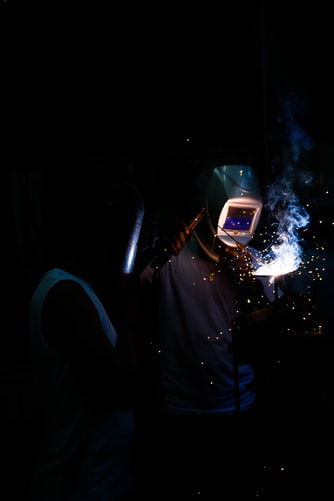The company changed its name to Honeywell International after a merger in 1999. By then, the company had grown to include smaller subsidiaries like North American Refractories Company (NARCO) and Bendix, which later became known for causing the illnesses of hundreds of thousands of employees due to the companies’ use of asbestos in their product lines.
These businesses later faced extensive litigation due to asbestosis, lung cancer, and mesothelioma cancer caused by their asbestos-containing products.

Harmful Products and Health Consequences
Mechanics whose jobs involved installing and working on Bendix-produced brakes were at high risk for developing pulmonary diseases. These asbestos-containing brakes created dust from the friction involved in the work process, which led mechanics and other autoworkers to be forced to breathe in potentially deadly materials. HVAC industry workers were likewise at risk, particularly workers whose jobs involved repairing furnaces produced by these companies.

Their furnaces contained asbestos-containing cement and bricks because the toxin made them fireproof. Workers were not informed of the risks associated with asbestos-containing products, which are now known to be dangerous to be around for any length of time.
The EPA has known since the 1970s that employers needed to do damage control when it came to exposing workers to the risks of asbestos. While some companies complied with regulations that required employees to take safety precautions, these safety measures were typically not enough to prevent illness. Some companies ignored the guidelines altogether while others tried to solve the problem by telling employees to roll up their sleeves or installing better ventilation systems.

It is now known that there is no safe amount of exposure. Workers of this era were not informed about the dangers at all.
Lawsuits
NARCO ultimately filed for Chapter 11 bankruptcy protection in 2002, but the personal injury lawsuits continued against Honeywell Heating. In 2002, a mesothelioma lawsuit brought against the company by a wife whose husband was formerly a mechanic who worked on brakes that contained asbestos. Her lawsuit resulted in a judgment in excess of $50 million. Her husband had died due to toxic exposure at the company. The court ruled that Honeywell would have to be held responsible for compensating victims who worked at Bendix.
By 2003, Honeywell attempted to dispose of nearly 50,000 more claims related to asbestos. Honeywell was once again responsible because they had sold their asbestos-containing Bendix brand brakes to Federal-Mogul, another company that was also facing bankruptcy. NARCO’S bankruptcy plan was approved by the bankruptcy court in 2007. The plan included an asbestos claims trust fund specifically to pay victims and their surviving family members who became ill or died due to the company’s negligence.

The Future of Honeywell Heating
Asbestos-related diseases can take 1-4 decades to show symptoms of illness. While lung damage will sometimes be visible on x-ray within a decade of exposure, actual illness might not develop until years later.

 Rae Steinbach
Rae Steinbach
 Lauren Weinand
Lauren Weinand